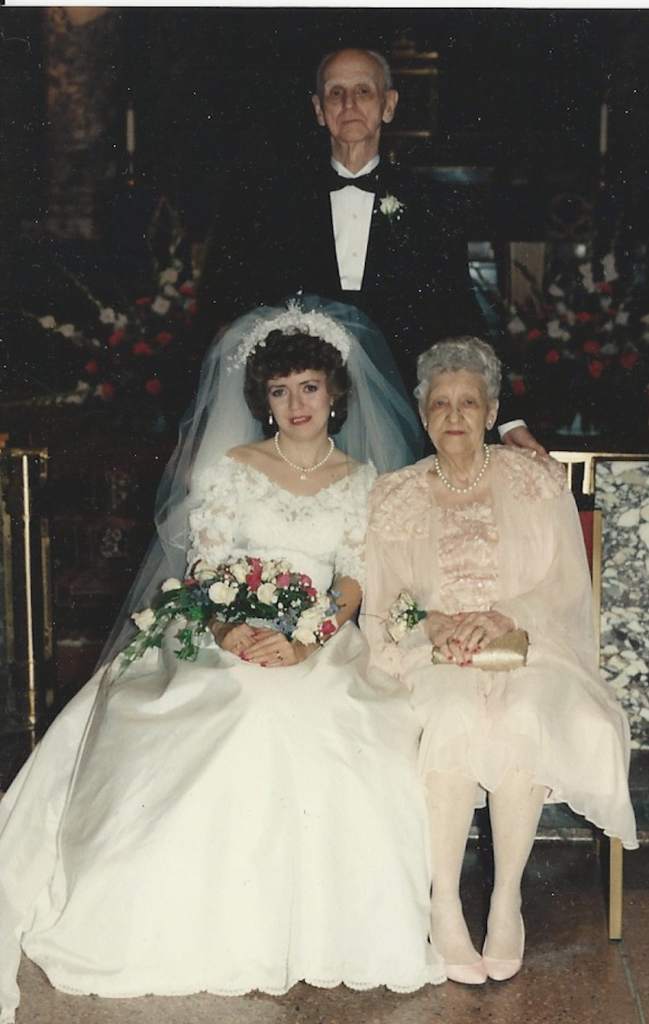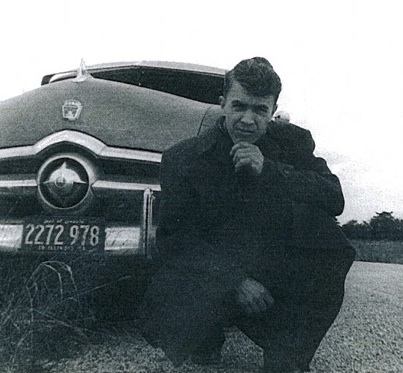When I set out to discover the families I was related to by blood, more than anything I wanted to learn my family history. As an adult adoptee, I needed to find my roots. I wanted to meet my birth parents and other blood relatives if they were open to it.
But I didn’t yearn for new parents. After all, it wasn’t as though I grew up without a mother and father. Claire and Bob, my adoptive parents, raised me from infancy. They showed up and did the things parents are supposed to do. Dad chased down Maureen Murphy after she jumped me on the stairs outside of our elementary school. My father taught me how to drive. When I was about 17, Mom and Dad lined up an entry-level job for me at Talman Home, a savings and loan in our neighborhood.
My parents lost sleep when I ran around on Friday and Saturday nights with friends. (This was before young people used cell phones to ignore text messages from their parents.) Mom, Dad and I argued over my running around, smoking, friends, boyfriends and spending habits.
Bob and Claire never wanted their young single daughters to move out but I flew the coop when I was in my early 20s. Once they calmed down, my parents helped me settle into my single girl apartments. Our relationship improved.
My Adoptive Parents, Warts and All
Like all parents, my mother and father were flawed. They fought constantly. At least that’s how it seemed. Their bickering sounded like nails against chalkboard, an unpleasant, unrelenting racket that filled our home with ugliness. If only their fights had been a TV show, I would have switched channels after the first 30 seconds.
Living with old-fashioned parents, I felt oppressed. Traveling with friends to Cancun for spring break, going away to college, working as the editor of the college newspaper, my parents put the kibosh on everything I wanted to do.
More importantly, though, I wish my adoptive parents had been honest with me. I grew up unaware that I was not related by blood to any members of my immediate or extended families. Everyone in my mother’s extended family knew I was adopted except for Melissa and me. I’ll bet the neighbors, my teachers, even the mailman probably knew. When I found out, I felt like a fool. It’s taken me years to process and come to terms with the big lie upon which my childhood was built.

My Birth Parents — the Mom and Dad I Never Knew
While I never wanted new parents, I regret not getting to know Lillian and Steve, my birth parents. I will never know the sound of their voices, the things that made them laugh or how they sounded when they laughed.
In a different reality, I imagine the three of us sitting down and talking over coffee at a restaurant. I would have asked a million questions, taken notes, looked into their eyes, studied their faces and features, checked out their clothes, taken note of how they took their coffee. Maybe they didn’t drink coffee.
Lillian and Steve, their gestures, mannerisms, personalities, habits, opinions and interests, all buried along with them.


Sometimes adoptees connect with their birth parents in ways that were never possible with their adoptive folks. Who knows what would have happened if I had gotten to know Lillian and Steve? Maybe we would have hit it off.
Even so, I cannot imagine thinking of my birth parents as Mom and Dad. Claire and Bob will always be Mom and Dad.
I’d love to hear from other adoptees who’ve gotten to know their bio parents. Feel free to share your stories in the comments.

